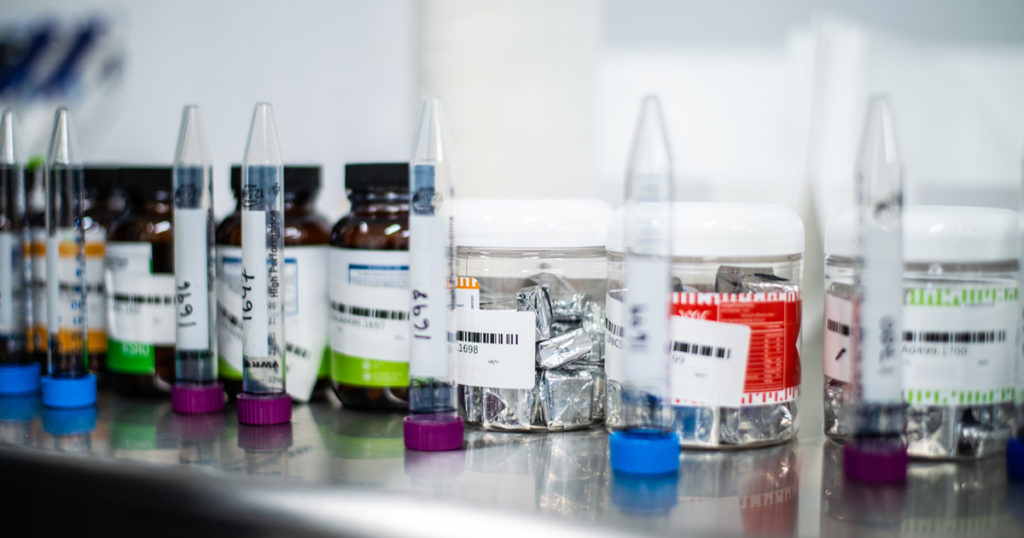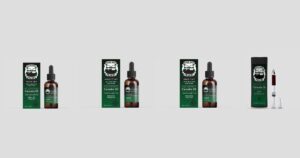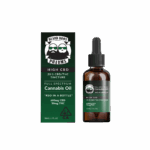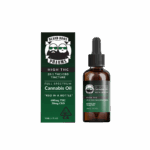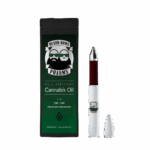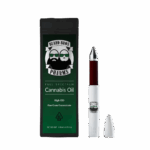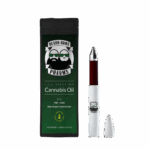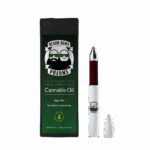
California cannabis growers, extractors, processors, and retailers have been lab testing their products for potency and purity for at least the past decade, dating back well before Prop 64 and the implementation of recreational marijuana legalization in the state.
For those with established relationships with professionally run testing facilities, these early years of practical analysis helped them to hone their craft and refine the quality of their products, giving them a very useful headstart once the industry did evolve.
The learning curve was steep for cannabis testing labs in those days as they were on the front lines of the research that has led to so many breakthroughs and innovations with the cannabis plant – the research that our federal government was not doing for us. Unfortunately, not all labs took that responsibility as seriously as they should have been, and accusations surfaced of alleged “pay-to-play” policies whereby a farmer or hash maker might lay a few extra Benjamins on the lab in exchange for favorable outcomes. Wildly varying results from certain labs only fanned the flames of distrust between some skeptical cannabis users and the high tech testing labs put in place to protect them.
A NEW HOPE
When California state regulatory agencies began to implement the new recreational use laws in 2018, they gave the industry until July 1st before Phase II lab testing kicked in and mandatory multi-panel test results would be required for all cannabis and cannabis-derived products before they could be sold to the public.
Up until then, lab testing weed was totally optional and undesirable results were easy to make vanish. Now, under Prop 64, all cannabis flower, extracts, edibles and other derived products must be distributed to legal licensed retail dispensaries pre-packaged for final sale and with a compliant CoA (Certificate of Analysis) from a state-licensed testing lab.
Everyone in the supply chain from the cultivators to the distributors can pay to do as much off-the-record research and development testing as they want, but once a product is submitted for that CoA round of testing, the results are final and can have big consequences.
When the July 1st deadline was announced, brands knew that all products produced and unsold before that drop dead date would become unsellable in the rec market and for many of them the focus became how to move old product right up until that final day.
This created a glut of last minute submissions for compliance testing on fresh product once the mandate was in place, and many labs simply were not sufficiently equipped or staffed for the rush.
It also led to reports of up to 20% of products intended for the retail market failing the first round of required lab testing, headlines that only deepened the divide between producers and labs, as well as between cannabis consumers and the legal rec market.
The reality is, most of those failed tests were due to mislabeling and the most common label error was overstating the actual THC content, so if anything, those products were “safer” than advertised.
To us, it came as no surprise that the road to legalizing cannabis in Cali – the 5th largest economy in the world – may be a little bumpy but little did we know of the potholes to come.
NEW YEAR, NEW REGS, WHO DIS?
The next big date that got dropped on the Cali cannabis industry was December 31st, 2018 – the final day of the year. Long awaited updates to the final regulations in the state included a fresh batch of testing requirements mandating that all cannabis products harvested or produced on or after December 31st, 2018 are now subject to Phase III testing, which includes added analysis for residual heavy metals, mycotoxins and molds, water activity in edibles and vape carts, and terp content.
One main impact that these new requirements have had is that the increased demands on the workload for the testing labs is resulting in higher pricing, and thus a sizeable spike in the necessary lab testing budgets for companies already straining financially under the weight of the regulatory framework. Some operators report an increase in their R&D and compliance testing costs as high as 40-55% between Phases II & III.
But, again, the biggest problem caused by this latest round of regulation was the bottleneck that existed between the literal tons of product that needed to be accurately tested and verified as safe and the actual number of licensed labs capable of the task.
By the end of 2018, the state had granted temp and annual licenses to thousands of growers, extractors, manufacturers, distributors, and retailers but only 52 testing labs had been greenlit for operation in the legal market.
That number would be concerning enough on its own, but it turns out that only 14 of those 52 declared they were prepared to offer Phase III testing when the 12/31 deadline hit.
The cause for this disparity hinges both on the state’s intense web of regulatory red tape that must be navigated in order to open a lab to begin with, as well as the incredibly high costs of equipment and trained staff required to do the job correctly.
On a recent tour of the state-of-the-art CannaSafe Analytics lab in Van Nuys, we learned that they employ roughly 75 people and that many of the pieces of testing equipment that they use come with quarter-million dollar price tags and require highly skilled technicians to operate. To comply with Phase III testing requirements for the state, and to keep turn-around times as low as possible for their clients, CannaSafe invested in not one, but three highly advanced liquid chromatograph mass spectrometers clocking in a cool half a mill. . . each
Though CannaSafe has managed to evolve with the industry, many labs could not keep pace.
STANDARD OPERATING PROCEDURES
A common term in cannabis lab testing is homogeneity.
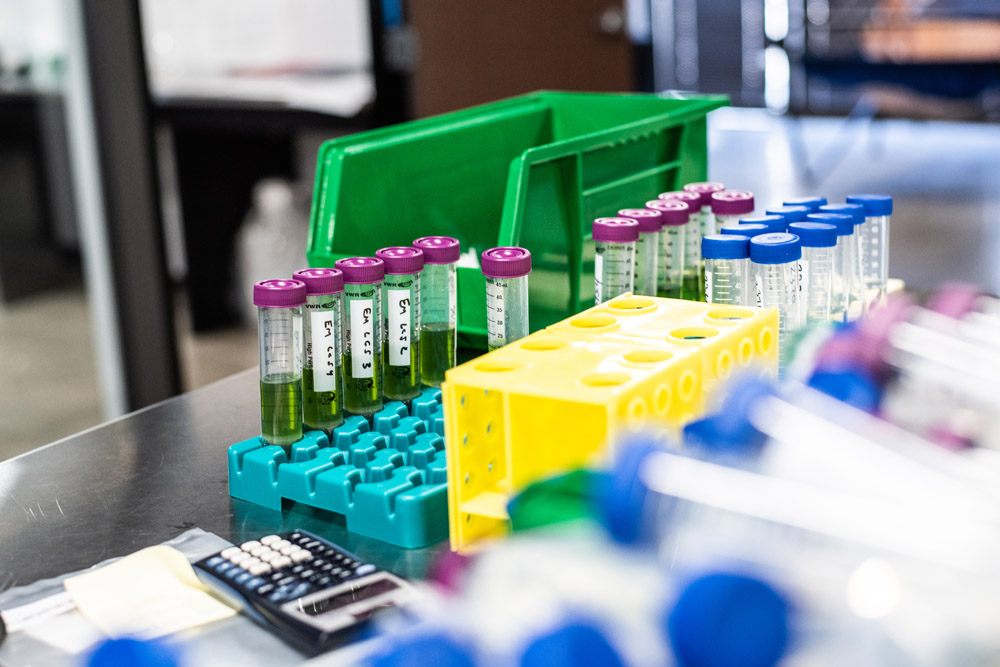
The term is used in slightly different contexts in different facets of the cannabis industry, but the gist is the same. When looking at homogeneity from a manufacturer’s point of view, the concept applies to ensuring that the total amount of active cannabinoids (most commonly CBD, THC, or both) are spread evenly throughout the product. If it is a cannabis-infused chocolate bar, in theory, every bite should have the same effect on the consumer.
From a testing perspective, homogeneity refers to preparing a test sample in such a way that no matter what fragment of it you analyze, the results will correspond closely or identically with any other fragment from the same sample. It is essential in this field.
A common complaint from the masses when it comes to lab testing is the fact that the state has not created a universal set of SOPs that all licensed labs must adhere to – not for chain of custody, methodology, or calibration. . . not even when it comes to a concept as crucial as homogeneity.
Even the brands of equipment used from lab to lab will vary and all too often it is those equipment manufacturers advising the labs on procedural matters.
In most cases the labs are just establishing their own SOPs.
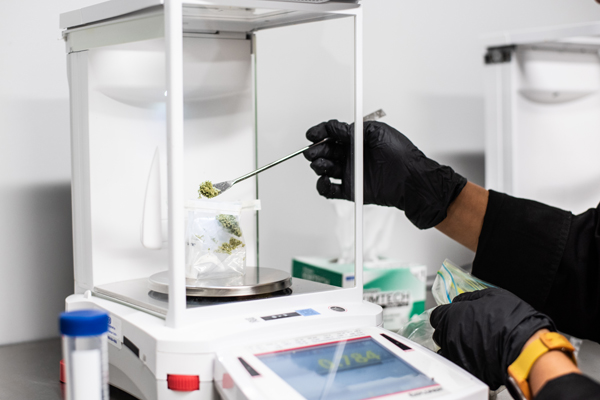
At CannaSafe, they took it upon themselves to become the world’s first ISO17025-accredited cannabis testing lab, a worldwide mainstream standard for any analytical lab to be deemed technically competent. Additionally, CannaSafe is one of just two labs statewide that has completed the full line of accreditation for testing all Phase III categories. While we would love to believe that all licensed labs have self-regulation and the benefit of the end user in mind, it’s just not the case.
PUTTING LABS TO THE TEST
Compounding the lack of licensed labs in 2018 was a slew of suspensions and shutdowns of previously approved testing facilities found to be out of compliance themselves.
Early in the year, industry leader Steep Hill Labs had their license suspended by the BCC for 10 days due to inadequate protocols for two specific pesticide tests. The lab has updated its equipment and procedures and has had no issues since.
Down in SoCal, the popular testing lab PharmLabs had been fighting opposition from local city officials for well over a year before the state dropped the hammer last October, revoking the temporary license assigned to the lab’s San Diego location.
The press release from the BCC on the matter answered few questions and gave few details, simply stating that PharmLabs had “…failed to meet the testing standards and procedures required by the Medicinal and Adult-Use Cannabis Regulation and Safety Act (MAUCRSA) and the Bureau’s regulations.”
It also clarified that PharmLabs would not be precluded from applying for a full annual license at the same location. In a written statement, PharmLabs blamed tight deadlines placed on mandatory paperwork filing for the lapse in compliance and vowed to continue offering R&D testing for their San Diego-based clientele while working toward their annual license. Last we checked, they had still not received an annual license from the BCC for their San Diego location, but still have their temporary licenses active in their Coachella and LA-based facilities.
These hiccups from two well-respected labs may have caused some delays or uncertainty for some customers, but it was the news that dropped in December of last year regarding a Sacramento-based lab named Sequoia Analytical Labs that really shook things up.
As we reported at the time, a BCC inspection of the Sequoia facility revealed that the lab director there had been falsifying every single pesticide test panel done by the lab dating back to the Phase II deadline in July of 2018.
Phase II required that an array of 66 different pesticides be tested for but allegedly faulty equipment at Sequoia Labs was failing to test for 22 of them, and instead the lab director was producing false reports to cover the discrepancy.
More than an inconvenience, this breach of regulation led to a major statewide product recall affecting 29 different cannabis companies, dozens of retailers, and countless consumers who undoubtedly ingested untold amounts of potentially pesticide-tainted products.
“Any cannabis goods from these batches, returned by consumers to the retailer, must be destroyed…” wrote the BCC in a letter to Sequoia officially notifying them of the recall of thousands of pounds of cannabis products spanning 848 fabricated tests from the lab.
Like PharmLabs San Diego, Sequoia vowed to reapply for licensure but a search of the BCC site turns up no results for Sequoia Analytical.
The news struck another blow to consumer confidence, but an even larger blow to the pocketbooks of the compliant companies – mostly distributors – who saw vast quantities of their inventories recalled and destroyed before it ever got to market. Some say the losses could be in the “ten-figure” range, or over a billion dollars which may seem high, but when you consider that just one of those 848 recalled batches could contain up to 50 pounds of top shelf flower it Is not unthinkable to estimate losses in the tens or hundreds of millions of dollars.
WINS & LESSONS
The new legal landscape for cannabis in California is bound to be full of W’s and L’s – what we call Wins and Lessons.
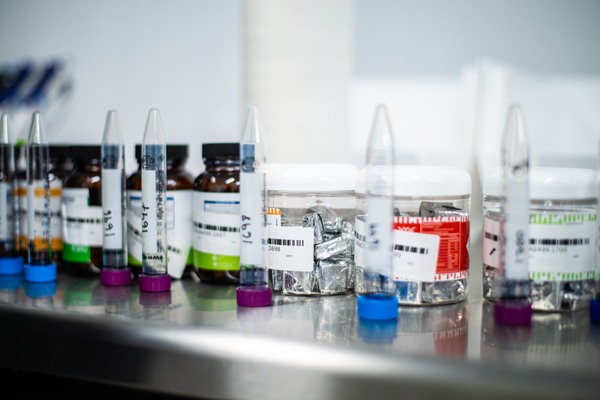
First of all, R&D testing is more important than ever to avoid failed compliance testing, or worse, potential recalls. Often, R&D testing falls on the cultivators, extractors, and manufacturers, while final CoA testing is generally handled by the distribution company.
So if you are a ‘maker’ in the cannabis industry, make sure that you are doing your R&D testing with the same lab that your distributor will be doing their final compliance testing with whenever possible. Distributors, who appear to have a large amount of skin in this process, should encourage their clients to use the same lab as they are to promote homogeneity of results between testing rounds. Work together to identify a clean, compliant, well-equipped, and properly accredited testing facility and form a lasting relationship between these levels of the supply chain – not for favors, but for consistency.
Also, like labs, growers for example are not given a strict set of SOPs from the state telling them how to kick out fat kush plants. It’s on us to do that for ourselves in order to streamline our processes and eliminate any room for costly errors during production. We can set the example without being told how to set it.
If there is any good to come from the hard lessons learned about lab testing in 2018 it’s that now at least we can give some advice to those who will follow in our footsteps.
Keep updated on all the latest news and updates in the Cannabis industry here at Beard Bros Pharms by signing for our Friday Sesh Newsletter here. Always Dank and Never Spam!



